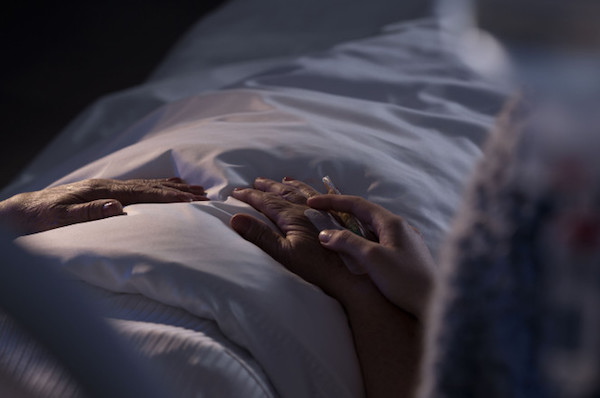By David K. Li
[M]ore New Yorkers are choosing to spend the last moments of their life in the comfort of their own home — rather than a hospital bed.
The percentage of terminally ill Big Apple residents who pass away at home has been on the increase for the past eight years.
“It’s become understood it’s more comfortable to die at home,” said Arthur Caplan, director of medical ethics at NYU Langone Medical Center.
“It’s become acceptable to think and plan about dying at home.”
Back in 2007, just 18.9 percent of deceased New Yorkers passed away at in their own home, according to figures compiled by the city’s Department of Health & Mental Hygiene.
That figure has been climbing every year — reaching 23.4 percent in 2015, according to the most recent data available.
“I do think it’s a trend,” said Dr. Susan Cohen, section chief of palliative care at the NYU School of Medicine. “If we’re having the conversations that will offer [home death] as an option, they will take it.”
City hospitals still remains the most preferred the place to pass. But hospital deaths have been sliding down for years — from 51.4 percent in 2011 to 46.4 percent in 2015.
While city data doesn’t specify what ailment ultimately leads to home death, palliative care researchers and medical ethicists said that dying patients are choosing comfort over more medical treatment.
In addition, data on deaths at licensed hospices in the city has risen to 5 percent from just 1.8 percent in 2011.
It’s not clear to medical professional what might have changed patients minds about where they choose to live out their last days.
Cohen – who is also director of the Palliative Care Program at Bellevue Hospital – cited the American Board of Medical Specialties’ move in 2006 to formally recognize palliative care as an official specialty.
That recognition could have eased the concerns of patients and their families about the process.
Caplan traced roots of this die-at-home trend back to the 1980s and early 1990s when AIDS ravaged America’s gay community.
“HIV led to people re-think how to care for the dying. For a gay man (in that era) being in hospital was not a comfortable place to be,” Caplan said. “There was a stigma [in a hospital] but [at home] you could be surrounded by your loved ones and friends.”
Complete Article HERE!

